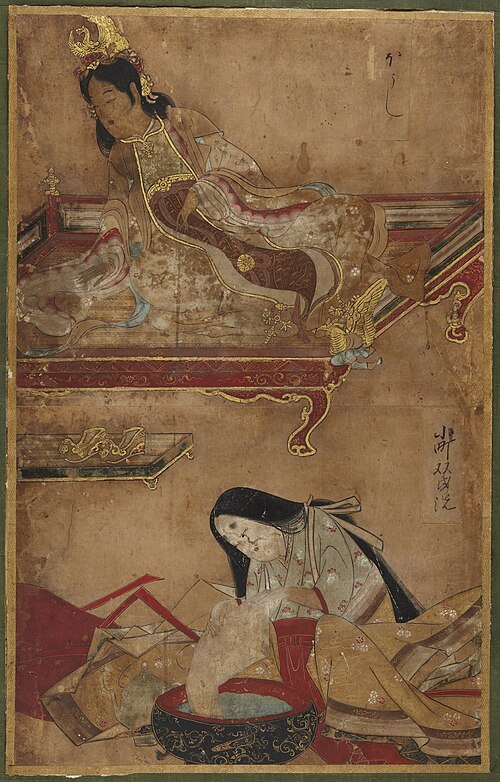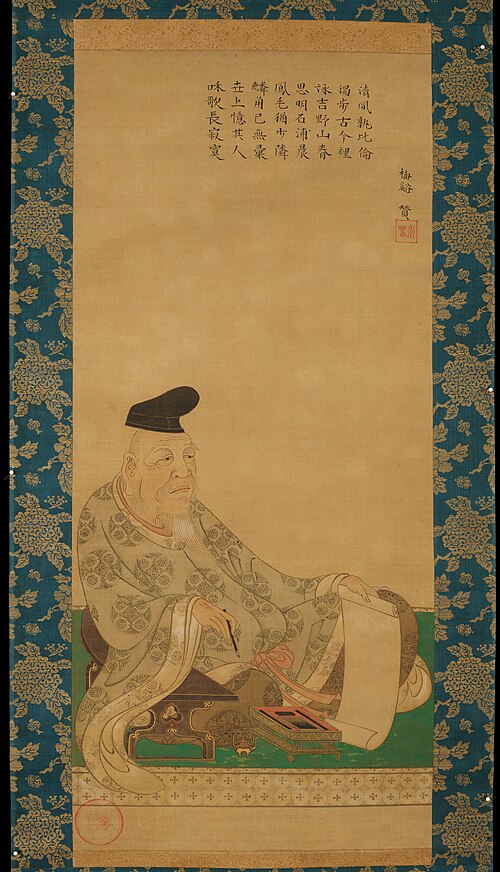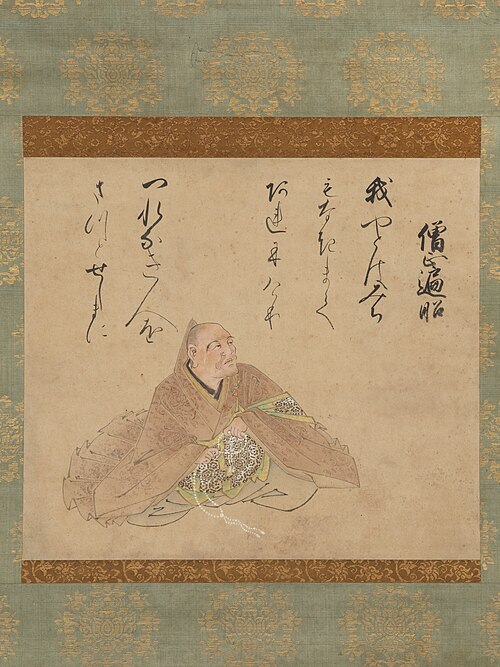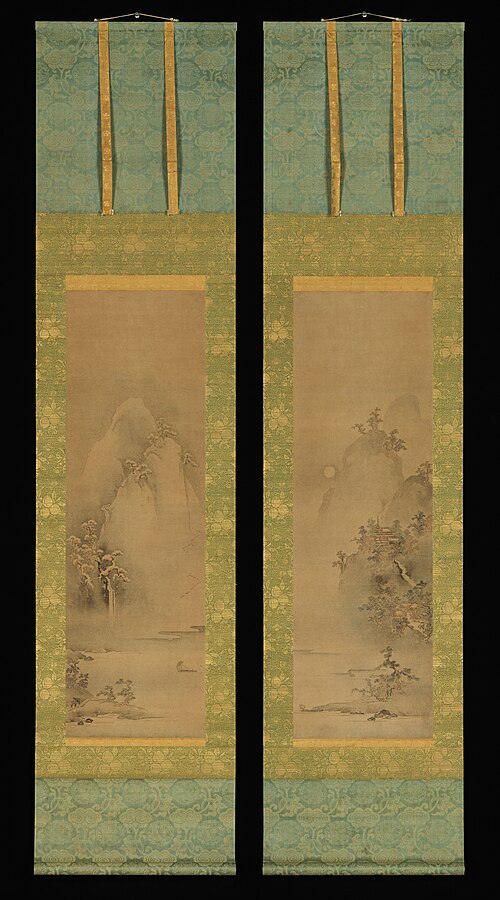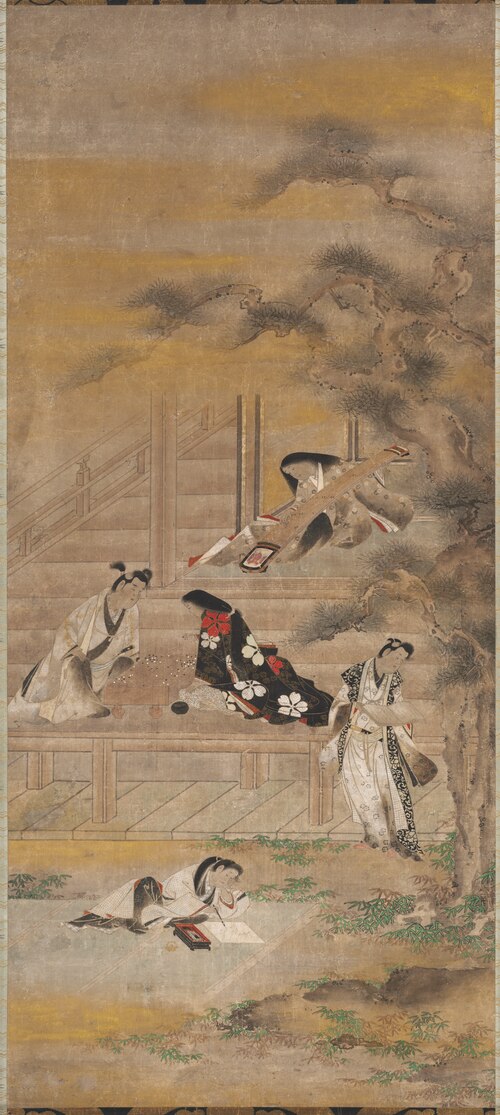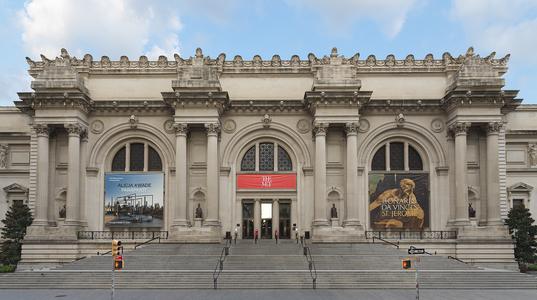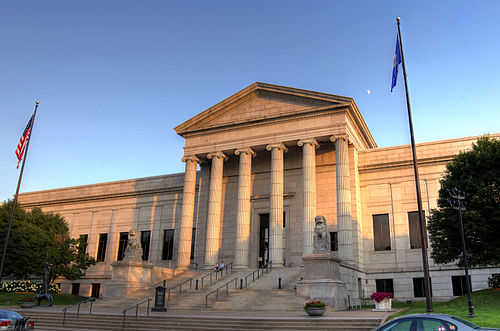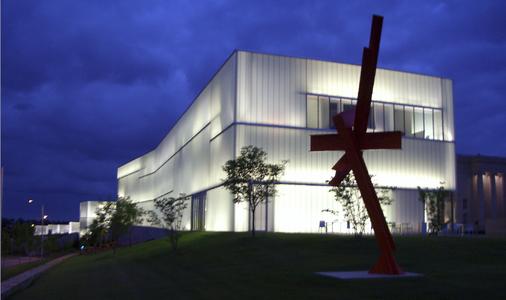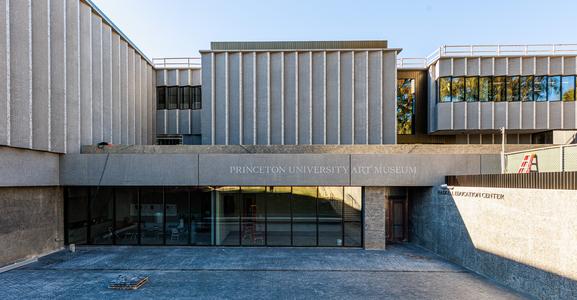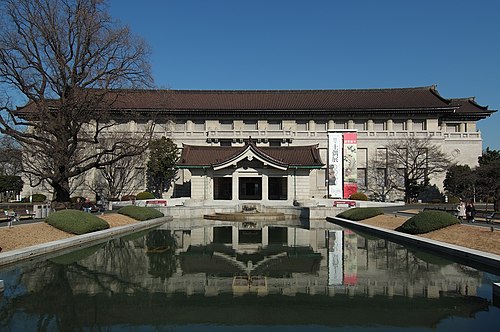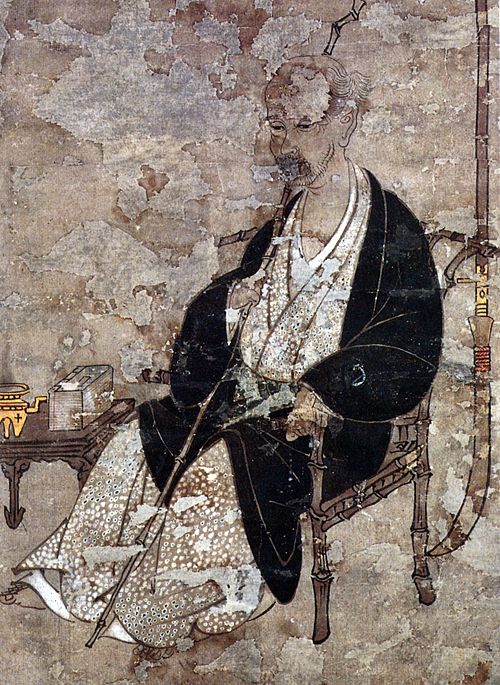
Iwasa Matabei
1578
- 1650
Iwasa Matabē (岩佐 又兵衛); original name Araki Katsumochi 1578 – July 20, 1650) was a Japanese artist of the early Tokugawa period, who specialized in genre scenes of historical events and illustrations of classical Japanese and Chinese literature, as well as portraits. He was the son of Araki Murashige, a prominent daimyō of the Sengoku period who had been made to commit suicide, leaving Matabei to be raised with his mother's family name, Iwasa.
Matabei's work was noted for its distinctive figures, with large heads and delicately drawn features, and he was effective both in colour and monochrome ink-wash painting, using an individual brush technique combining Tosa and Kanō elements.
Although trained by Kanō Naizen of the Kanō school, he was more influenced by the traditions of the Tosa school, and signed a late series of portraits of the Thirty-six Poetry Immortals (1640) commissioned by the shōgun Tokugawa Iemitsu for a temple as "the artist Matabei of the later current from Tosa Mitsunobu".
The works of Matabei have an affinity with the early paintings of ukiyo-e, but there is a disagreement among scholars as to whether they are ukiyo-e themselves or not. In Japan, it is common to regard Matabei as the originator of ukiyo-e. On the other hand, there is a theory that Matabei is not the source of ukiyo-e, but rather an independent painter of the Tosa school, because his patrons were from high social classes. According to this theory, he is misunderstood as the source of ukiyo-e only because he is confused with the ukiyo-e painter of the same name (Ōtsu no Matabei) who appears in Chikamatsu's plays.
His son Katsushige (d. 1673) was also a painter, known for dancing figures in a style like that of his father.
Source :
Wikipedia
Filter



